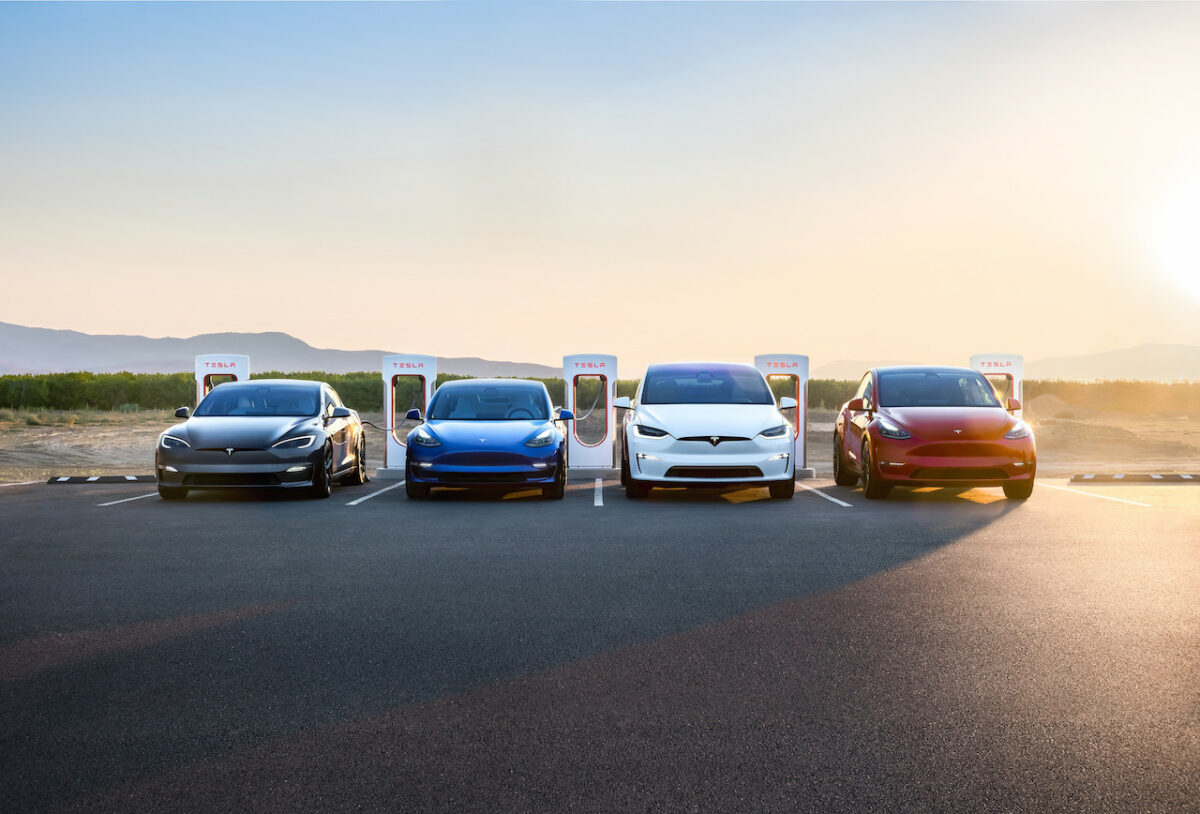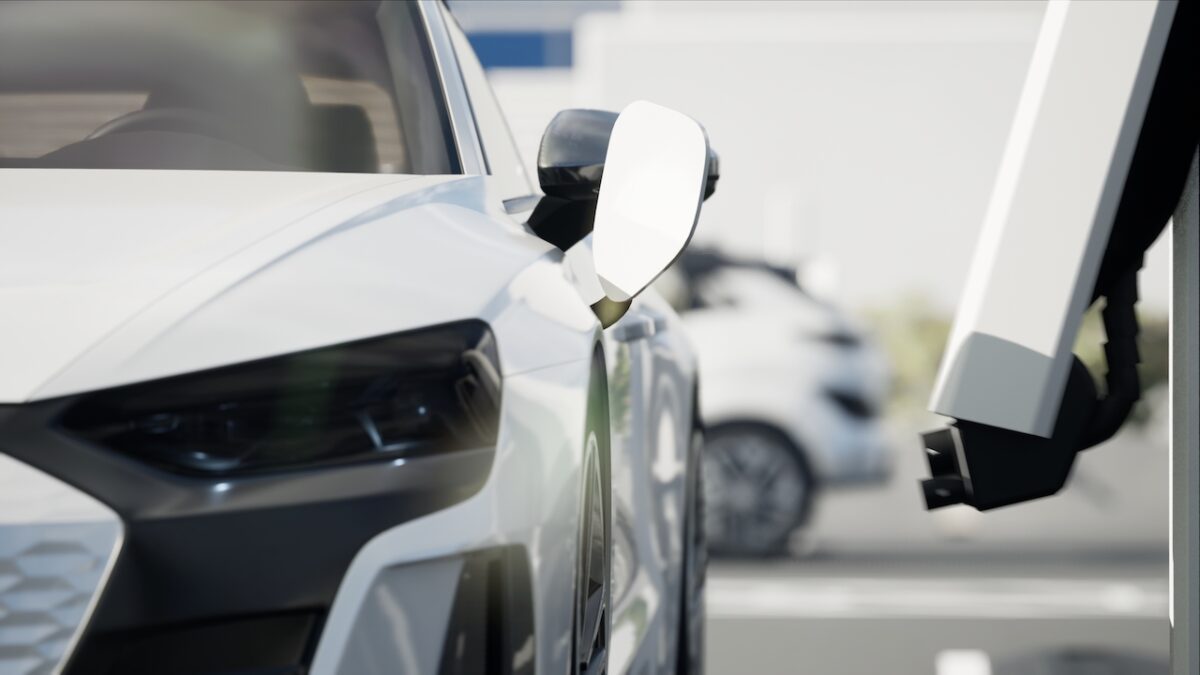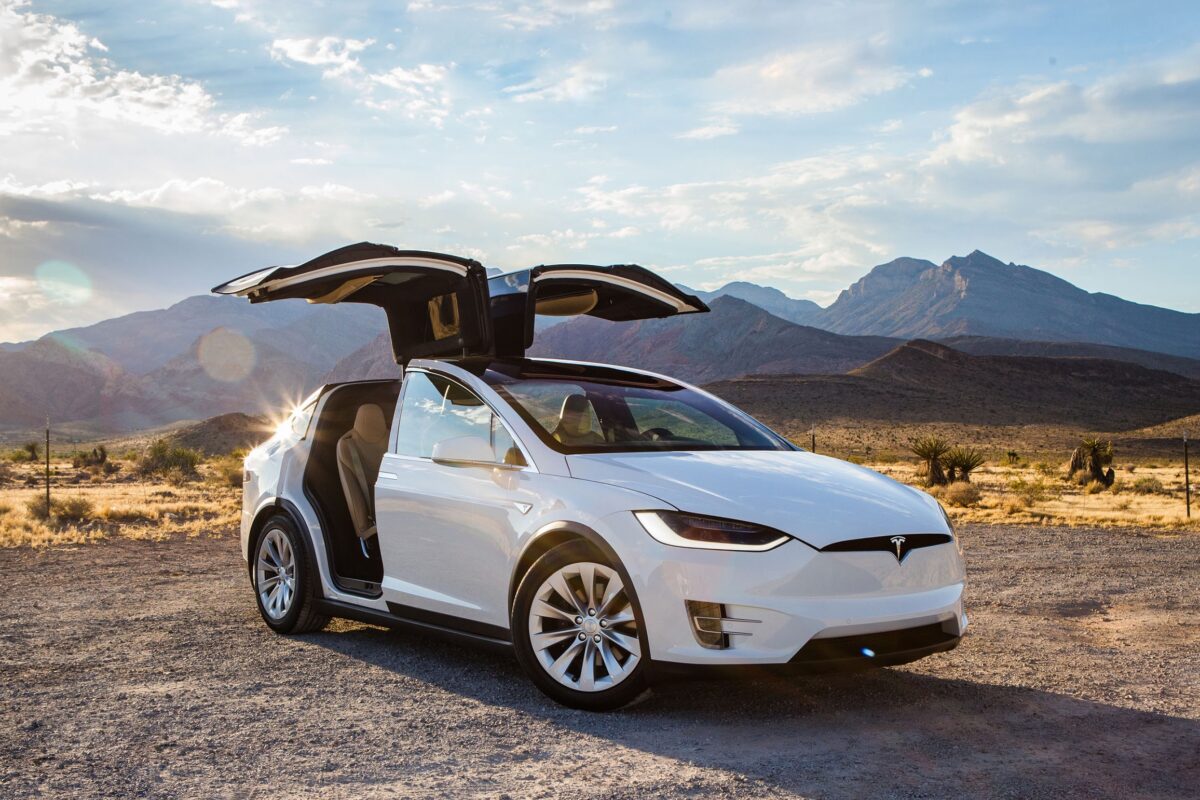The mobility revolution and its focus on connectivity, autonomous driving, shared mobility and electrification has spawned an influx of new entrants. The convergence of these technology-driven trends are creating a brand new ecosystem, with an unwritten rule book. The question for many industry watchers and observers is who will dominate: the new entrants with the technological expertise, or the established automakers, with their strong automotive heritage?
Rasheq Zarif, Managing Director & Future of Mobility Tech Sector Leader at Deloitte, believes there are a handful of strategic tensions impacting how mobility will develop: “We need to consider who has a say in the movement of mobility. There are the new modalities versus the traditional infrastructure, openness and transparency versus privacy, and innovation versus regulation. A sense of compromise is the only way we will move forward.”
Zarif recently moderated a panel discussion on the future of mobility at the M:bility | California event, where players from across the mobility ecosystem explored the nature of collaboration. Participating in the debate was Hugo Fozzati, Director of Business at autonomous vehicle start-up AutoX, who believes mobility progress hinges on regulation. To facilitate the necessary regulatory support, collaboration is essential. “The regulatory folks, the automakers and the Tier 1s need to work together,” he stated.
This holds true not just for regulatory advances but also for the technological ones. “There is so much technology development required, and certain players will be good at one aspect, while others are good at something else,” he added. “It is all about how people start working together. There will always be competition but the focus should be on growing the overall environment.”
At AutoX, expertise is squarely focussed on artificial intelligence (AI), a key building block of autonomous driving technology. What it won’t be focussing on is building the vehicles themselves. “AI is a big enough challenge as it is,” said Fozzati. “We realised early on we won’t manufacture the vehicles. Instead we take a partnership approach.” Today, AutoX has close to ten partnerships around the world with large automakers, including Swedish company NEVS, which acquired Saab’s assets out of bankruptcy. NEVS is currently developing a robo taxi designed specifically around the passenger, unlike today’s vehicles which are generally designed around the driver. AutoX has partnered with the company exclusively to integrate its software stack with their hardware. “This is a prime example of how we focus at what we are good at while NEVs focuses on the passenger.”

Matchmaking
Part of the problem, however, is that some established players do not always know the best way to go about partnering with others. “Many corporations want to work with start-ups but they don’t know how,” observed Daniel Hoffer, Managing Director at venture capital firm Autotech Ventures. “We see ourselves as a professional matchmaker between the start-ups in our portfolio and the large corporations that invest in our firm.” Autotech even facilitates matches between start-ups not in its portfolio and corporations that invest in it. As Hoffer noted: “These corporations want access and visibility to trends that could affect their business. It’s an art to partner successfully with start-ups and make those partnerships work.”
Numerous start-up incubators around the world have emerged to provide just this sort of service, including Israel-based DRIVE. “We see many new, very talented entrepreneurs in Israel but they have no clue how this world of transportation works, what they need to look at, what they need to think of,” said Boaz Mamo, co-founder and Chief Executive of DRIVE. Speaking to Automotive World, he, too, likened the service he provides to a matchmaker, emphasising the importance of the courtship phase of the new business relationships. “You need to create opportunities for them to get to know each other, opportunities that are relevant for both sides. You need to find the right interactions. The first meeting is like a first date,” he suggested. “You need to create the right atmosphere and the right environment for them to meet and talk about the right topics.”
Transitioning
Changing mobility trends aren’t just prompting the development of new companies and partnerships; they are also forcing some established players to transition themselves in a bid to remain relevant. Sixt is a case in point. “We used to be a car rental company and now we are a mobility and technology company,” stated Daniel Florence, Chief Operating Officer of Sixt USA. Sixt was one of the founding partners of the DriveNow car-share venture with BMW Group but it has gone on to explore a whole host of mobility options since then.
With the new Sixt One app it claims to be the world’s largest mobility integrator. The smartphone app offers vehicle rental, car-sharing, ride-hailing and taxi services on a single platform. In total, users have access to 240,000 vehicles, 1,500 mobility suppliers and more than one million drivers. “Whatever you call it, you are renting a service,” Florence explained. “Our focus is to create an environment where you go to one stop that will allow you to not own your own car.”
This sort of transition didn’t come about without collaboration and partnerships. “Your company can only be so large when you focus on your core,” he added. “But if we want to grow, we need to collaborate with the right people and that pushes everyone forward.” Looking ahead, he believes that more partnership and collaboration will be essential to realise the shared, autonomous, connected and electric mobility of the future. “It is a balance of start-ups and automakers working together more to drive change faster,” he added. “We need to figure out how to make it so people do not need to own their own car. Everyone agrees that these are all things for the future, but when is it the now?”



